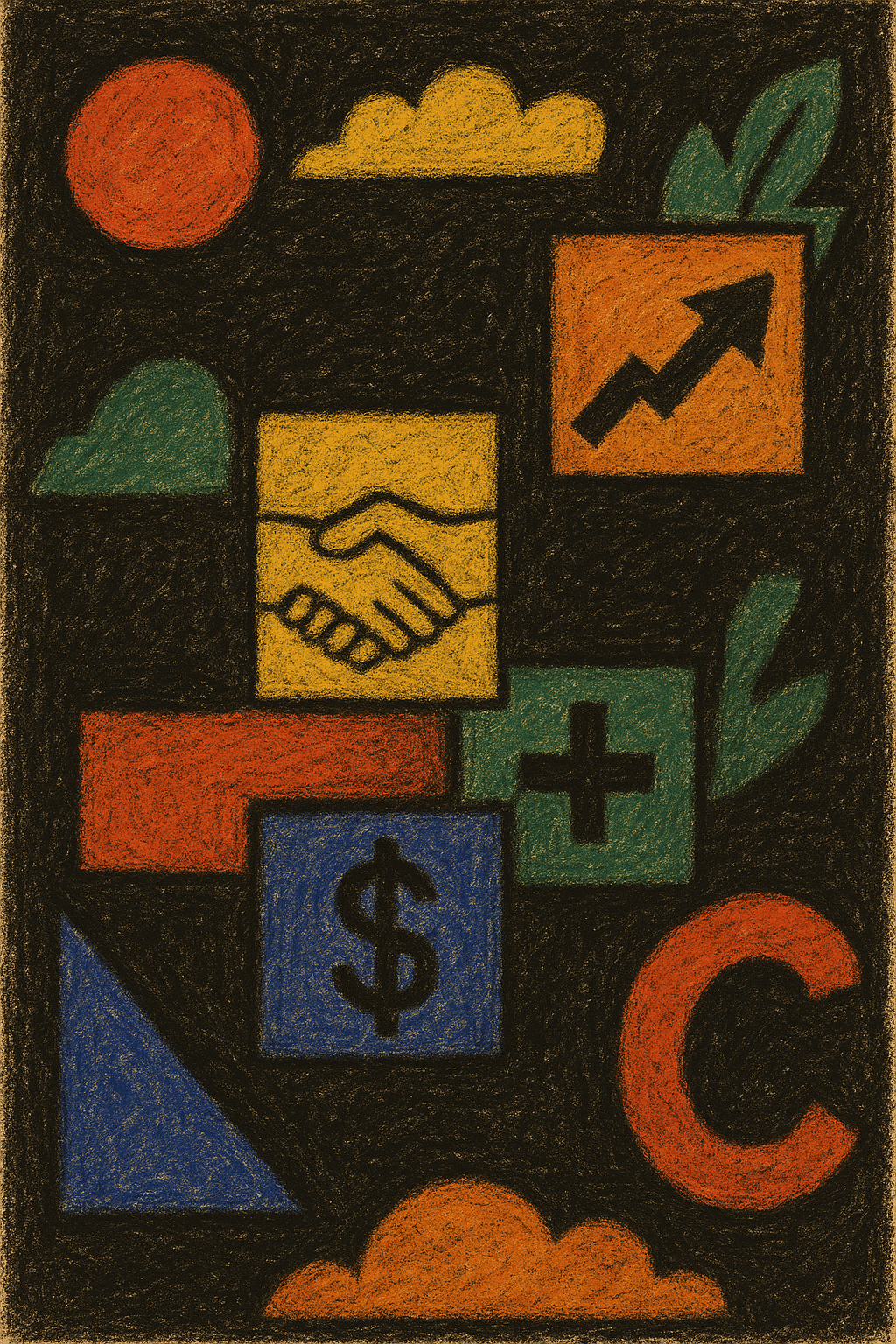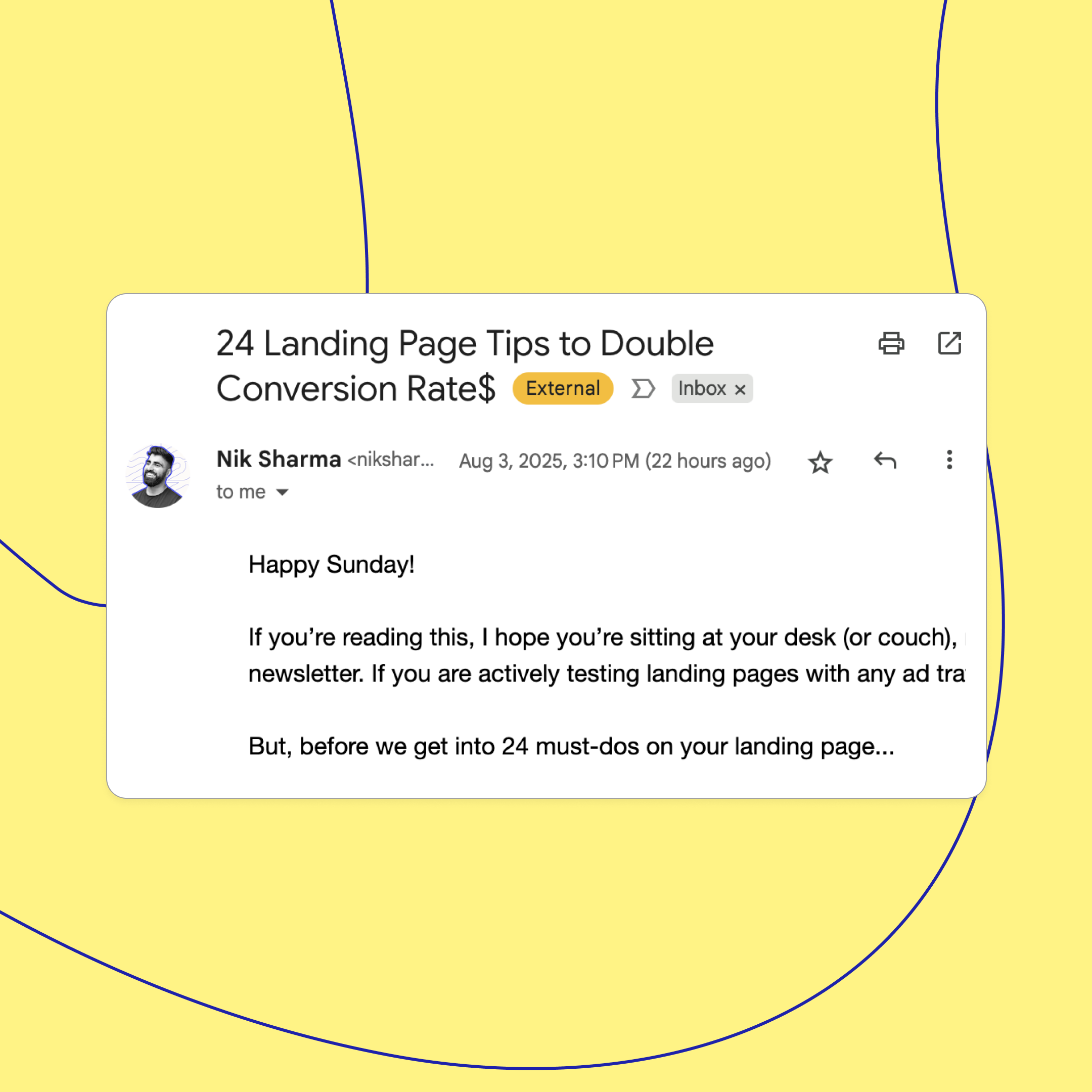Where do we begin?
The marketing world is reckoning with a strategic epidemic when it comes to customer acquisition. As the modern consumer grows all the more elusive due to the various factors of changing landscapes and deep-seated mistrust, it’s becoming all the more clear that there is a serious flaw in the way brands attempt to reach their customers in the age of algorithmic dependence. However, as it is at the outset of any growing problem, there always lies a grand opportunity for those willing to reach out and grasp it.
During the COVID-19 pandemic, media buying had tremendous upside where you could acquire a customer for 20-30% of your average order value (AOV). This led to the direct-to-consumer (DTC) trend and a mass consolidation around companies running ads to their own websites, most notably utilizing Meta Ads. Fast forward a couple years and businesses across the globe are now facing a growing problem in which current customer acquisition costs are drifting towards untenable levels.
Fueled by increasing competition and changes to operating system privacy policies such as cookie deprecation (among many others), brands are commonly paying upwards of 50-80% the cost of their products to acquire a new customer via an ad (not including other overhead). This is an already unsustainable and exponentially growing cost that could continue to snowball and create further stress on both new and existing brands. The fact of the matter is, in this ever-evolving modern world, traditional advertising is simply losing its luster.
In an attempt to adapt, diversify, and hopefully stave off this spreading plague, companies have already begun to turn to influencer marketing & social commerce, with an over 68% increase in the number of brands leveraging influencer marketing in the past year as well as an over 25% increase in their respective influencer marketing budgets. For the sake of maintaining growth, brands are doubling down and boosting their spend in this area, in many cases for the first time in their own existence. This suddenly booming industry has laid in a strange state of quasi-dormancy, in that it has a well-established, successful track record, and yet a lack of true understanding of its fullest potential has left it relatively untapped. The future, the next frontier to conquer, will without a doubt be creator-to-consumer.
Creator-To-Consumer
Creator-to-consumer (CTC or C2C) is a digital model where Content Creators (AKA: influencers & affiliates) sell products directly to their audience on behalf of a business (i.e. eCommerce Brand). It allows both parties to specialize in their own aspect of the value chain: in which creators curate storefronts & make sales, while brands fulfill orders & develop products. All signs indicate that these creators (influencers) will lead the future of customer acquisition for businesses via C2C acquisition channels. They’ve become quintessential in unlocking new customers and have already led to a modest $250 billion industry which, according to Goldman Sachs, is set to double by 2027.
The key to all this is influence? It’s trust. People trust people. Corporations and brands? Not as much. According to a survey by Matter Communications, only 38% of consumers are likely to trust recommendations from a brand on social media versus 61% who would trust one from an influencer. In addition, that same research showed that in 2022, 82% of consumers had made a purchasing decision due to influence from social media. Influencers, big and small, famous and relatable, are driving sales, while the brands themselves are beginning to flounder.
Engagement through a company name alone (irrespective of actual people) is becoming a relic of the past while creator audience growth only continues to surge, with their average audience sizes expected to increase by more than a quarter this year. Every single day, more and more creators are starting their journeys and building careers. They’re spreading farther and farther to the most niche corners of social media, leading them to delve deeper and deeper into the psyches of, and form lasting connections with their viewers. With half a trillion dollars on the table, what does this mean for brands and influencers alike?
As mentioned, opportunity is what’s at stake here. The opportunity to throw out past thinking and adapt for the future. The market is there, the rebels are ready to take it, and now all they need is investment. Investment from brands into influencer marketing strategies will carry this industry into the next stage of its existence. Properly targeted creator-to-consumer strategies are the future of customer acquisition. From travel to food, and fitness to entertainment, people are increasingly leaning into word of mouth marketing before opening their wallet. Not only will this phenomenon take hold of the eCommerce space, but across all industries such as bookings, reservations, and so on. Whether it’s Airbnb or Fanatics, from Amazon down to your local coffee shop, the future is C2C.
Leading the charge in this space, CreatorCommerce is building tools to power the future of Creator-to-Consumer, and will continue to be publishing content about how the movement evolves.





.png)





%201.png)
%201.png)
